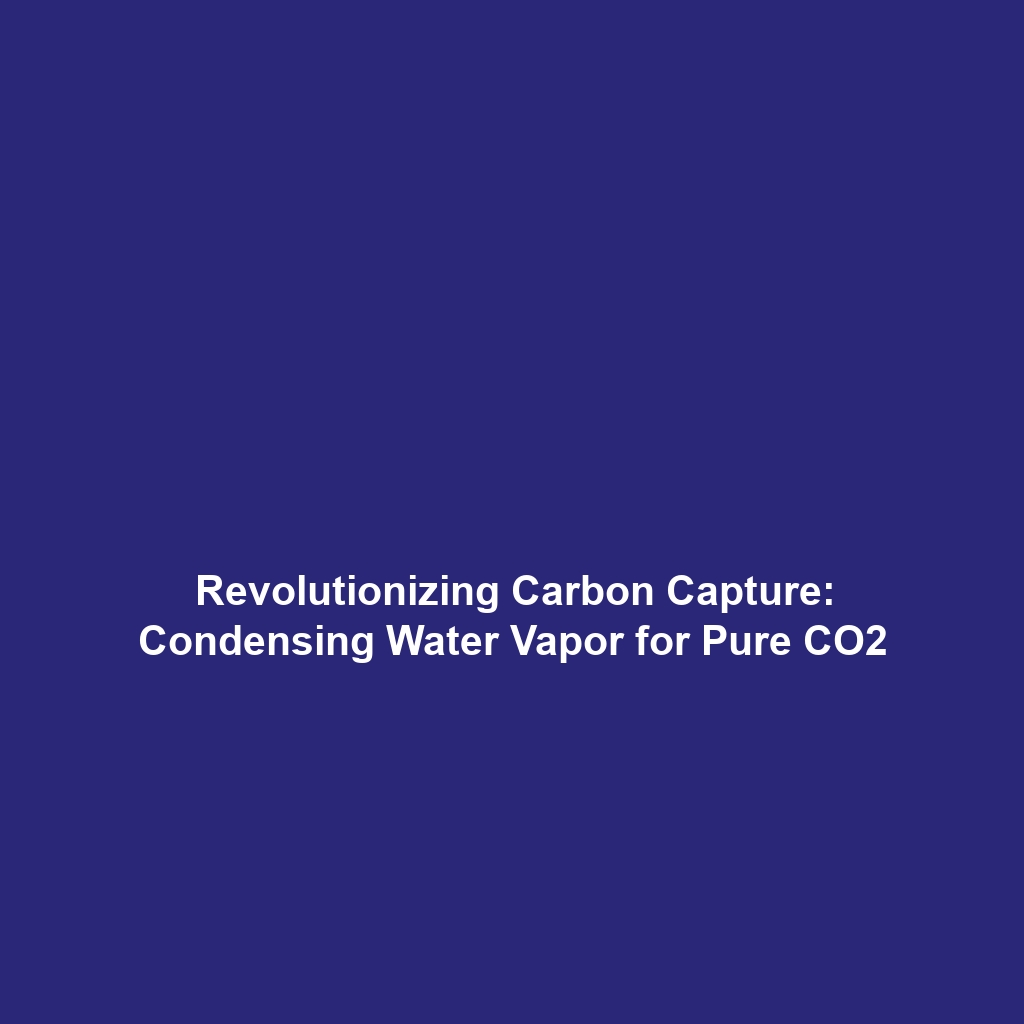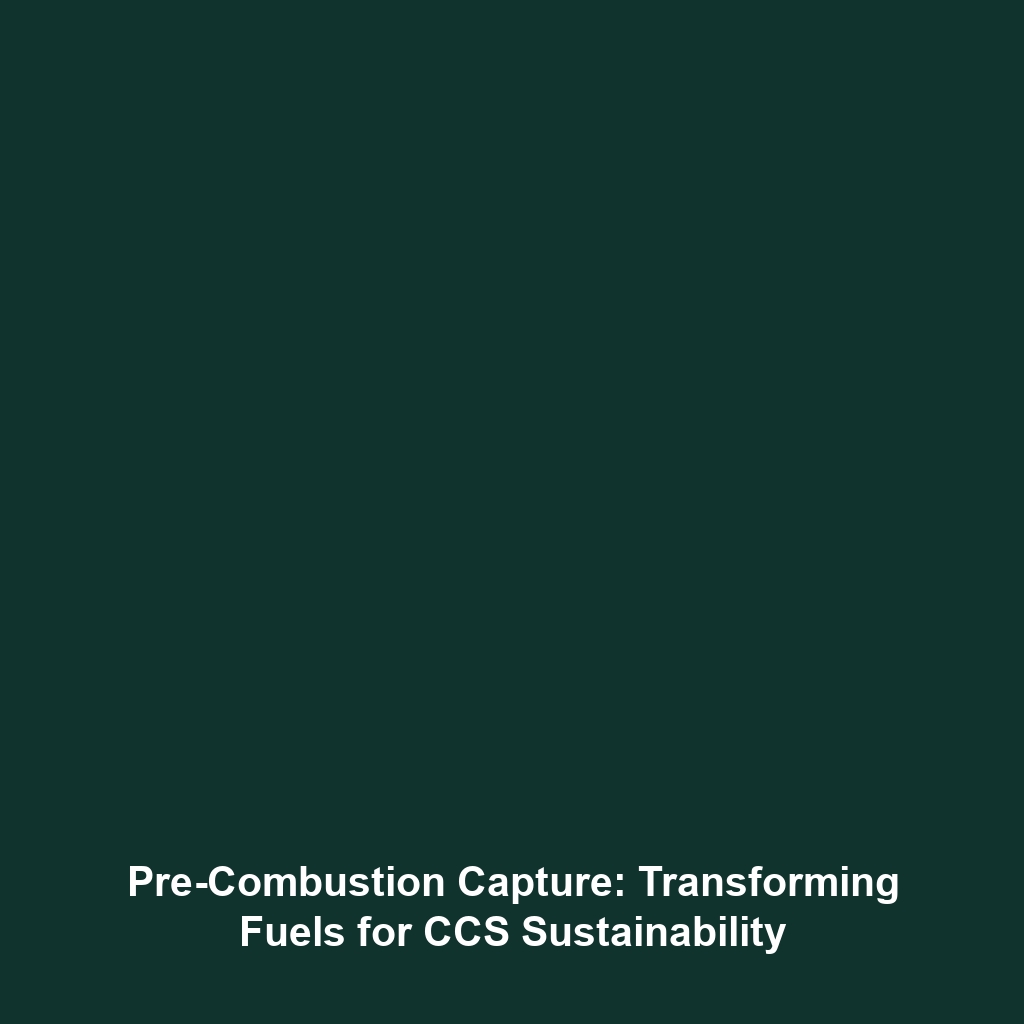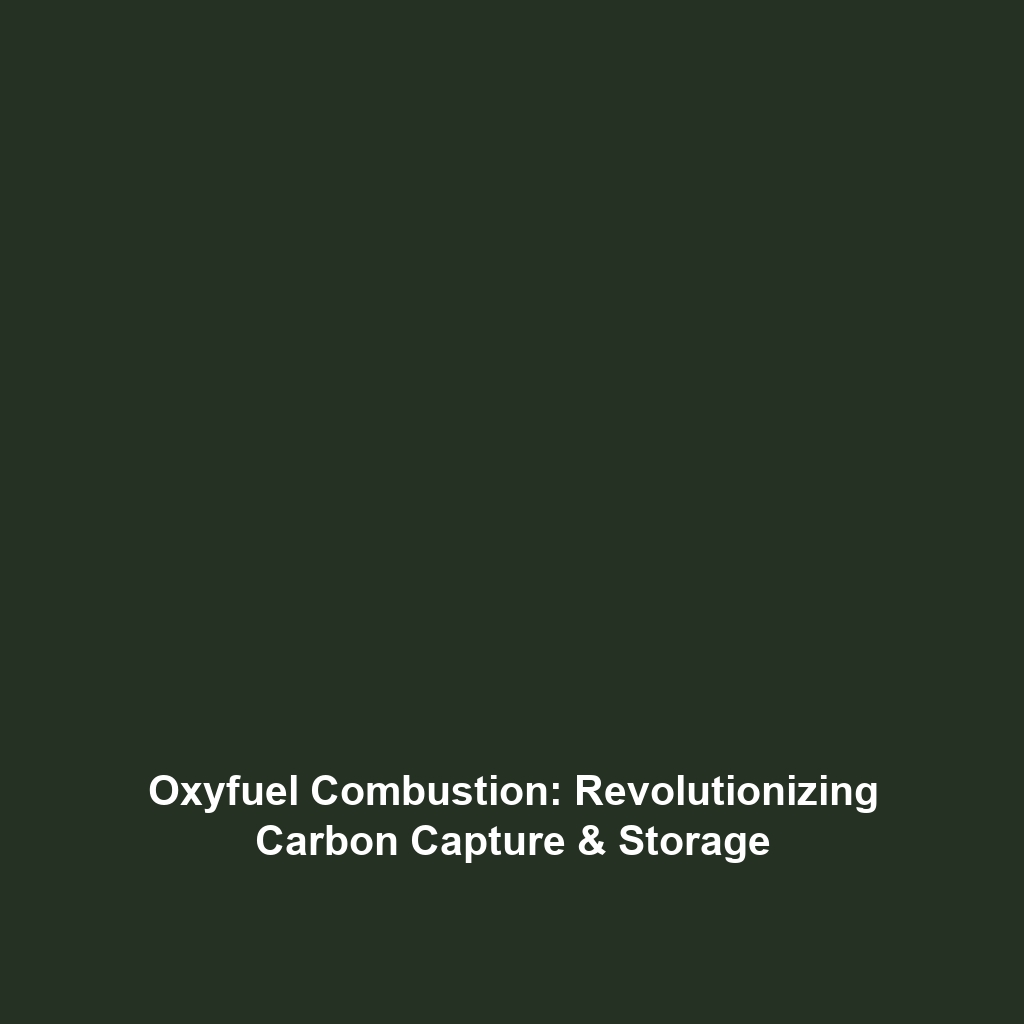Wildlife Monitoring: Using Drones to Study Animal Behavior and Populations
Introduction
In recent years, wildlife monitoring has undergone a significant transformation with the advent of drones in science. These unmanned aerial vehicles (UAVs) are now critical tools for studying animal behavior and populations, providing researchers with high-resolution data and unparalleled access to previously hard-to-reach environments. Understanding wildlife dynamics is crucial for conservation efforts, ecosystem management, and biodiversity studies. Drones enhance our ability to collect real-time data while minimizing human impact on wildlife, an essential consideration in today’s conservation landscape.
Key Concepts
Understanding Drones in Wildlife Monitoring
Drones serve as valuable instruments for wildlife monitoring by integrating advanced technologies such as:
- High-Resolution Imaging: Drones equipped with cameras capture detailed images and videos, allowing researchers to observe animal behavior.
- Thermal Imaging: UAVs can utilize thermal cameras to monitor wildlife, particularly nocturnal or camouflaged species.
- Geospatial Analysis: Drones facilitate mapping and tracking animal distributions, which is vital for population assessments.
These concepts play a pivotal role in understanding the broader field of drones in science, particularly in environmental studies and conservation biology.
Applications and Real-World Uses
The significance of wildlife monitoring using drones is evidenced in several impactful applications. Here are some notable examples:
- Animal Population Surveys: Drones can efficiently survey large areas to estimate populations of species like elephants and marine animals.
- Behavioral Studies: Researchers are using drones to document animal behavior without disturbing their natural habitats, such as monitoring nesting behaviors of birds.
- Habitat Mapping: UAVs assist in habitat assessment, helping to identify critical areas for conservation based on species distribution data.
Such applications of wildlife monitoring demonstrate how drones are reshaping methodologies in drones in science.
Current Challenges
Despite the advancements in using drones for wildlife monitoring, several challenges persist:
- Lack of standardized procedures for data collection and analysis.
- Regulatory restrictions on drone usage in certain wildlife reserves.
- Technological limitations such as battery life and payload capacity.
- Potential disturbances to wildlife from drone presence.
These challenges in wildlife monitoring highlight the ongoing need for innovation and collaboration within the realm of drones in science.
Future Research and Innovations
Looking forward, innovations in wildlife monitoring using drones promise to enhance research capabilities significantly. Upcoming trends include:
- Autonomous Flight Technologies: Improved algorithms for autonomous navigation may reduce the manpower needed for surveys.
- AI and Machine Learning: Integration of AI could automate the identification of species and behaviors from drone footage.
- Miniaturization of Sensors: Developing more compact sensors will allow for lighter drones, making them more efficient in various terrains.
These research avenues will shape the future of drones in science, leading to even greater advancements in understanding animal populations and behaviors.
Conclusion
In conclusion, wildlife monitoring through the use of drones stands as a testament to the intersection of technology and environmental science. This innovative approach not only enhances our ability to study animal behavior and populations but also aids in global conservation efforts. As challenges are addressed and future research progresses, drones are likely to become fundamental tools for scientists and conservationists alike. For more information on related topics, check out our articles on conservation strategies and advancements in drone technology.








